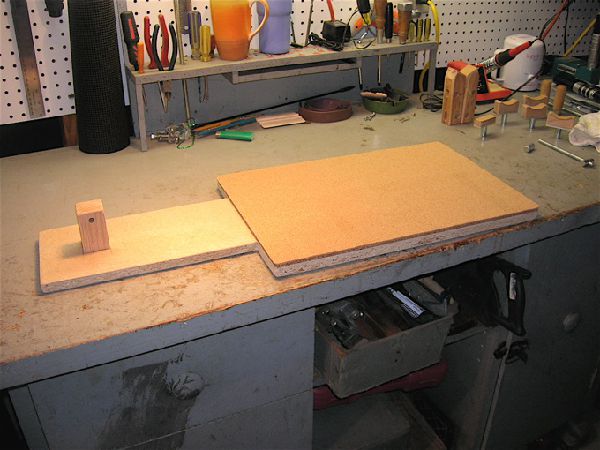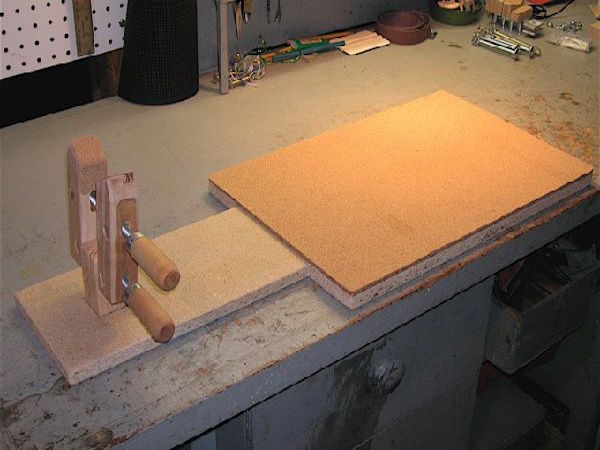HAND MADE REPAIR TOOLS
Here, you will find a few of the guitar repair tools I have made for the shop. Building tools can be fun, especially if you're handy with shop equipment needed to build tools. CAUTION: If you are not familiar with power tools and how to use them, get help from someone who is...




















